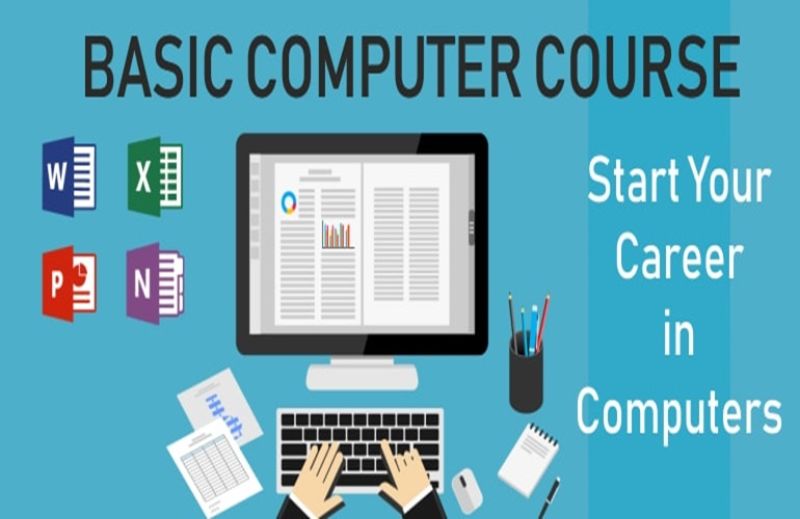Computer Basic Course Syllabus
The Computer Basic Course is designed to introduce students to fundamental computer concepts and applications. This course is perfect for beginners who want to gain a solid foundation in computer usage. Below is a detailed syllabus outlining the key topics covered during the course:
Module 1: Introduction to Computers
- What is a Computer?
- Definition and types of computers (desktop, laptop, mobile)
- Components of a computer system (hardware and software)
- Basic Operations
- Starting and shutting down a computer
- Using a mouse, keyboard, and other input devices
- Understanding the operating system
Module 2: Understanding the Operating System (OS)
- Operating System Overview
- Functions of an operating system
- Different types of operating systems (Windows, Mac, Linux)
- File Management
- Creating, renaming, deleting, and organizing files/folders
- Understanding file extensions (e.g., .docx, .jpg, .txt)
- Navigating through File Explorer (Windows) or Finder (Mac)
Module 3: Microsoft Office Suite
- Microsoft Word
- Creating, editing, and formatting text documents
- Inserting tables, images, and hyperlinks
- Page layout, margins, and headers/footers
- Microsoft Excel
- Introduction to spreadsheets and worksheets
- Entering data, using formulas, and basic functions (e.g., SUM, AVERAGE)
- Creating simple charts and graphs
- Microsoft PowerPoint
- Creating presentations with slides
- Adding text, images, transitions, and animations
- Slide show settings and presentation tips
Module 4: Internet and Email
- Introduction to the Internet
- Browsers and search engines (Google, Bing, etc.)
- Navigating websites and understanding URLs
- Internet safety and security
- Using Email
- Setting up an email account (Gmail, Yahoo, etc.)
- Composing, sending, and organizing emails
- Attaching files and using email signatures
Module 5: Basic Computer Security
- Understanding Computer Security
- Types of computer threats (viruses, malware, phishing)
- Importance of antivirus software and firewalls
- Safe Internet Practices
- Creating strong passwords
- Protecting personal information online
Module 6: Basic Troubleshooting
- Common Computer Problems and Solutions
- Troubleshooting issues like slow performance, crashes, and frozen screens
- Understanding error messages and how to resolve them
- Basic hardware maintenance (cleaning, checking connections)
Module 7: Introduction to Digital Devices
- Peripheral Devices
- Types of peripherals: Printers, scanners, speakers, and external storage
- How to connect and use digital devices with a computer
- Cloud Computing and Storage
- Introduction to cloud services (Google Drive, Dropbox, etc.)
- Uploading, sharing, and organizing files in the cloud
Course Outcome
By the end of this course, students will be able to:
- Use the computer effectively for personal and professional tasks.
- Navigate various software applications like Microsoft Office.
- Understand basic computer terminology and operations.
- Safely use the internet and email for communication.
- Apply basic troubleshooting techniques to solve common computer problems.
This syllabus covers the essential skills that will enable students to use a computer with confidence and efficiency in everyday tasks.
